There are many fields in Dorset that have strange names, but whilst looking at the Halstock Tithe Map we spotted one that was particularly unusual, ‘30th January’. The apportionment transcript also includes fields, farms and coppices with names like ‘Lay Preacher’, ‘Constitution’ and ‘Machiaval’. We were intrigued and decided to investigate further…
—
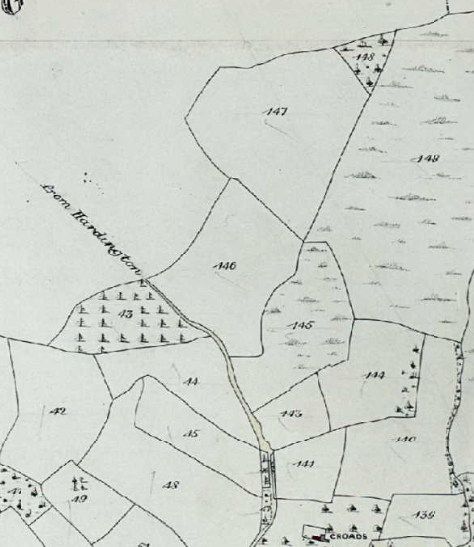
A good place to start when researching field names in Dorset is A.D. Mills book ‘Dorset Place Names’. This book told us that many of the fields in this area were renamed by Thomas Hollis who had retired to his estate in Corscombe and Halstock in 1770.
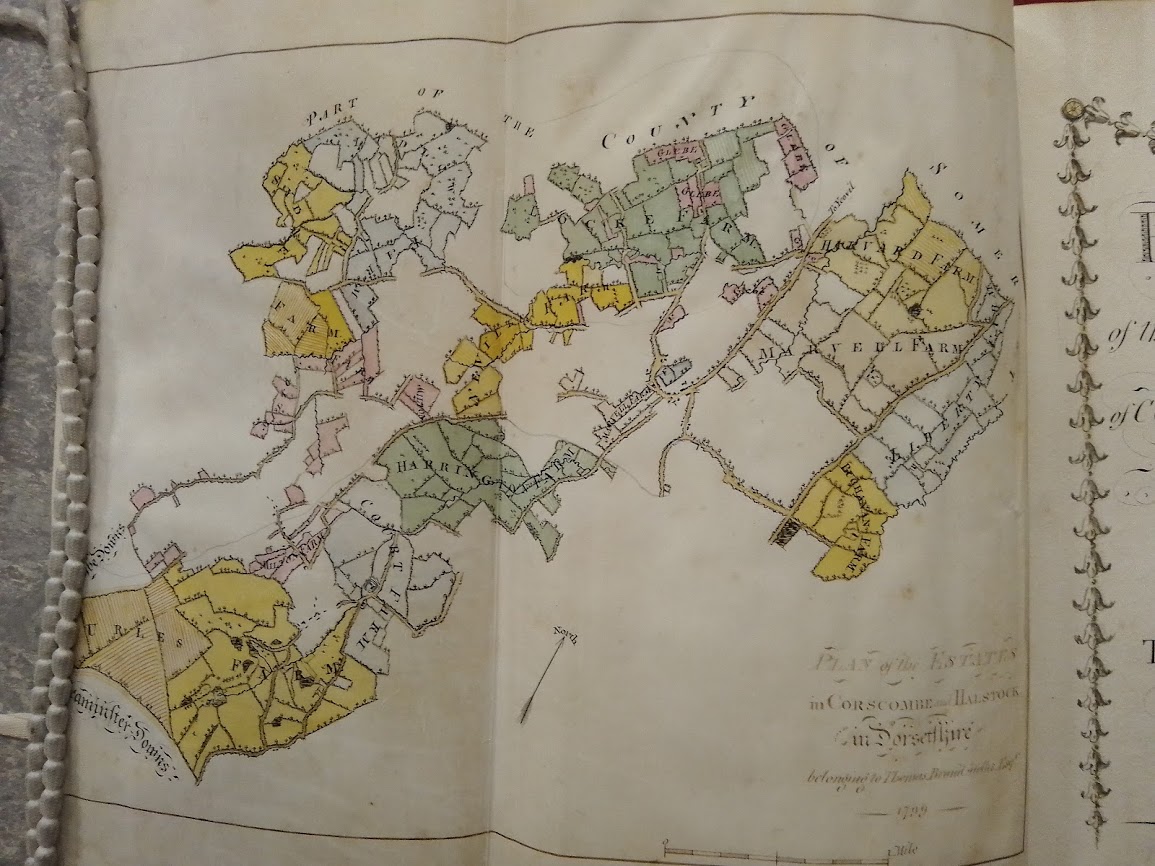
Thomas Hollis was a philanthropist, Whig and enthusiastic promoter of civil and religious liberties. He donated books to libraries across Europe and America and was a benefactor to Harvard University in America. Unlike many of his contemporaries Hollis did not spend money turning his estate into a beautifully landscaped garden, instead he began to rename the farms, fields and woods of his estate to reflect his ideology. He may have rejected the idea of an elaborate landscaped estate because of his dislike for the extravagance of the aristocracy (he had a large falling out with his friend William Pitt the Elder because he disapproved of him accepting a title) but probably also wanted to educate people about ideas he believed were important and to leave a lasting memorial to the people he admired.
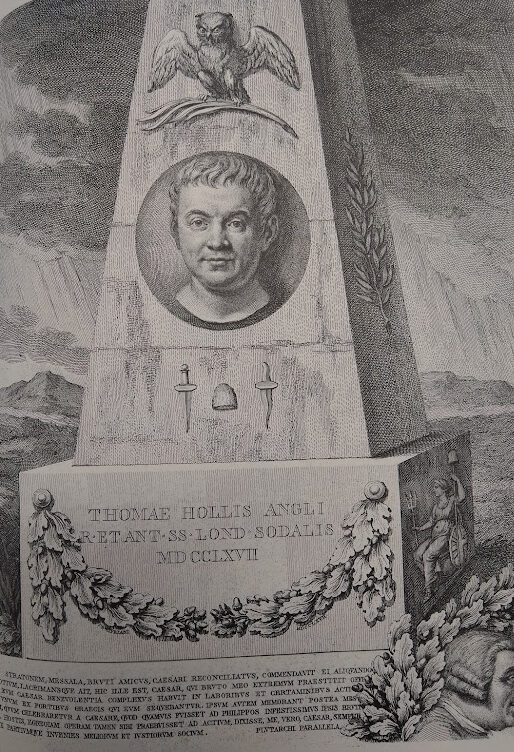
The Dorset History Centre holds a survey of his estate commissioned by his friend and heir Thomas Brand Hollis in 1799 (D1/MO/3) that details all the names.
Liberty and Milton Farms are surrounded by philosophers and scholars such as ‘Pythagoras’, ‘Plato’, ‘Toland’ and ‘Socrates’, whilst at Lockes Farm you will find fields named ‘Toleration’, ‘Understanding’, ‘Government’ and ‘Reasonableness’.
The estate is filled with references to people and events from history, particularly Protestant history.
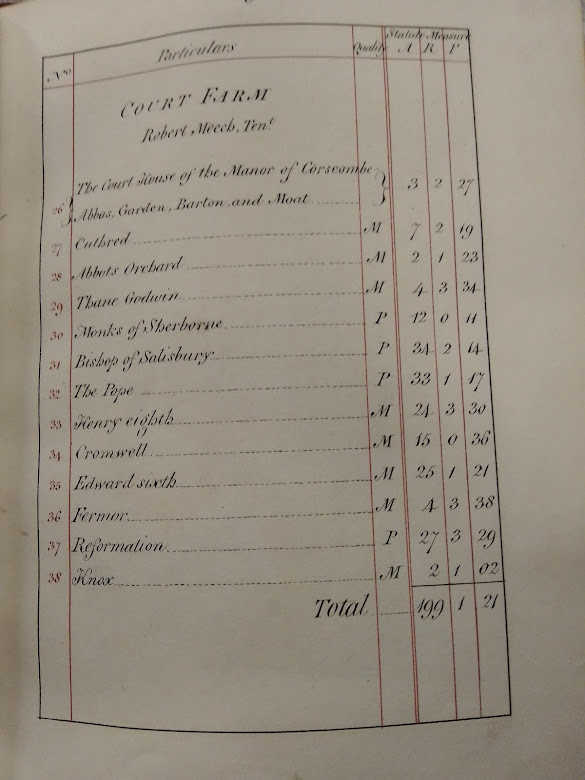
Court Farm and Urles Farm retained their original names. At Court Farm you will find ‘The Pope’, ‘Henry Eighth’, ‘Edward Sixth’, ‘Cromwell’, ‘Knox’ and ‘Reformation’, whilst the fields at Urles Farm, where Hollis lived, commemorate events such as the Magna Carta, the gunpowder plot and the massacre of the protestant Waldensians in Piedmont, Italy, in 1655.
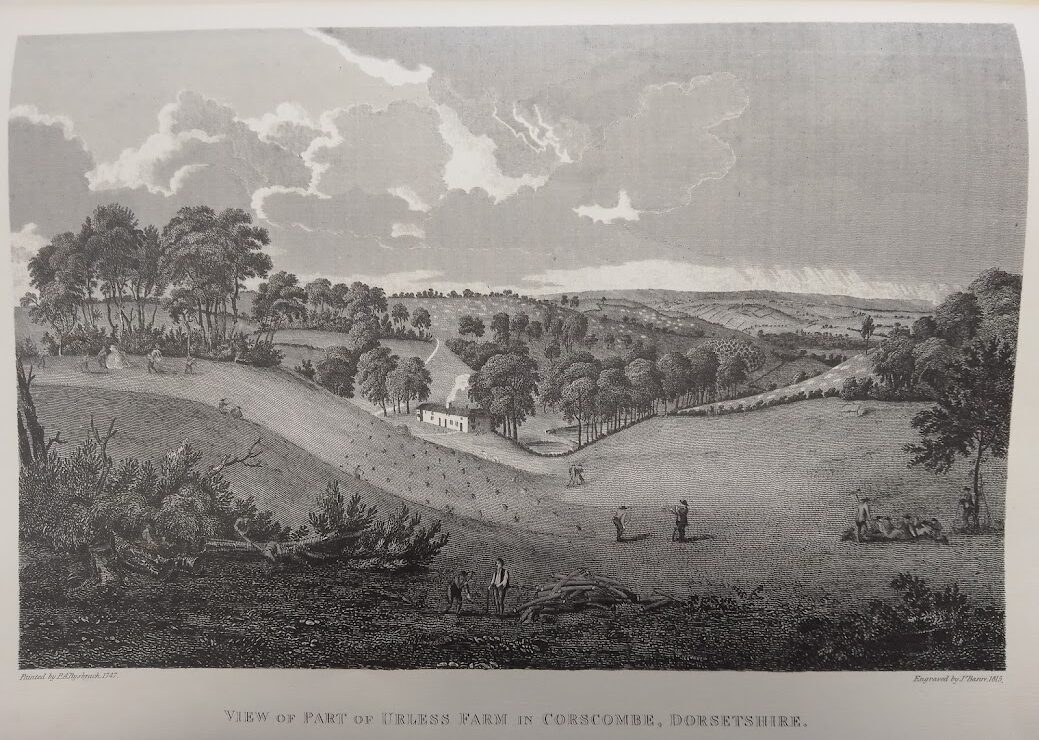
—
January 30th is part of Ludlow Farm, named after Colonel Edmund Ludlow, and is a reference to the date upon which Charles 1st was executed.
Hollis was an active supporter of the colonialists in the years leading up to the War of American Independence, which began a year after his death. Harvard Farm reflects Hollis’s interest in America with names such as ‘Boston’, ‘Massachusetts’ and ‘Adams’, named after the US president John Adams. Hollis and Adams never met, but they corresponded regularly, and Adams considered Hollis a friend. His grandchild, Thomas Hollis Smith, is named after him.
In places it seems that Hollis is telling a story with his field names. The tiny coppice named ‘Stuart’ is surrounded by ‘Revolution’, ‘Settlement’ and ‘Hanover’ and at Court Farm you can find the history of the estate, starting with ‘Cuthred’, the West Saxon King who gifted Corscombe to Sherborne Abbey, through to ‘Fermor’, the Catholic family from whom Hollis the purchased estate.
We will never know the full narrative of the estate. Thomas Hollis died suddenly in 1775 and according to his wishes is buried in one of his fields, in a site that was immediately ploughed over so the location would remain unknown.
Many farms have retained the names he bestowed them, and on an OS map you can still find Comprehension Coppice, Beckham’s Coppice and Ocean Hill, which Hollis named Oceana after the book by James Harrington.
Hollis only used surnames when naming his fields, so it is not always clear exactly who the names refer to, but we enjoyed trying to puzzle out their meaning. As someone who was passionate about spreading and sharing knowledge, we think Hollis would be pleased that nearly 250 years after his death his estate is inspiring research!


On the border of Nether Compton and Rimpton is a hill known as Charlock Hill. On an old map it is called Charlotte Hill. The map is in our family archives at the Centre.